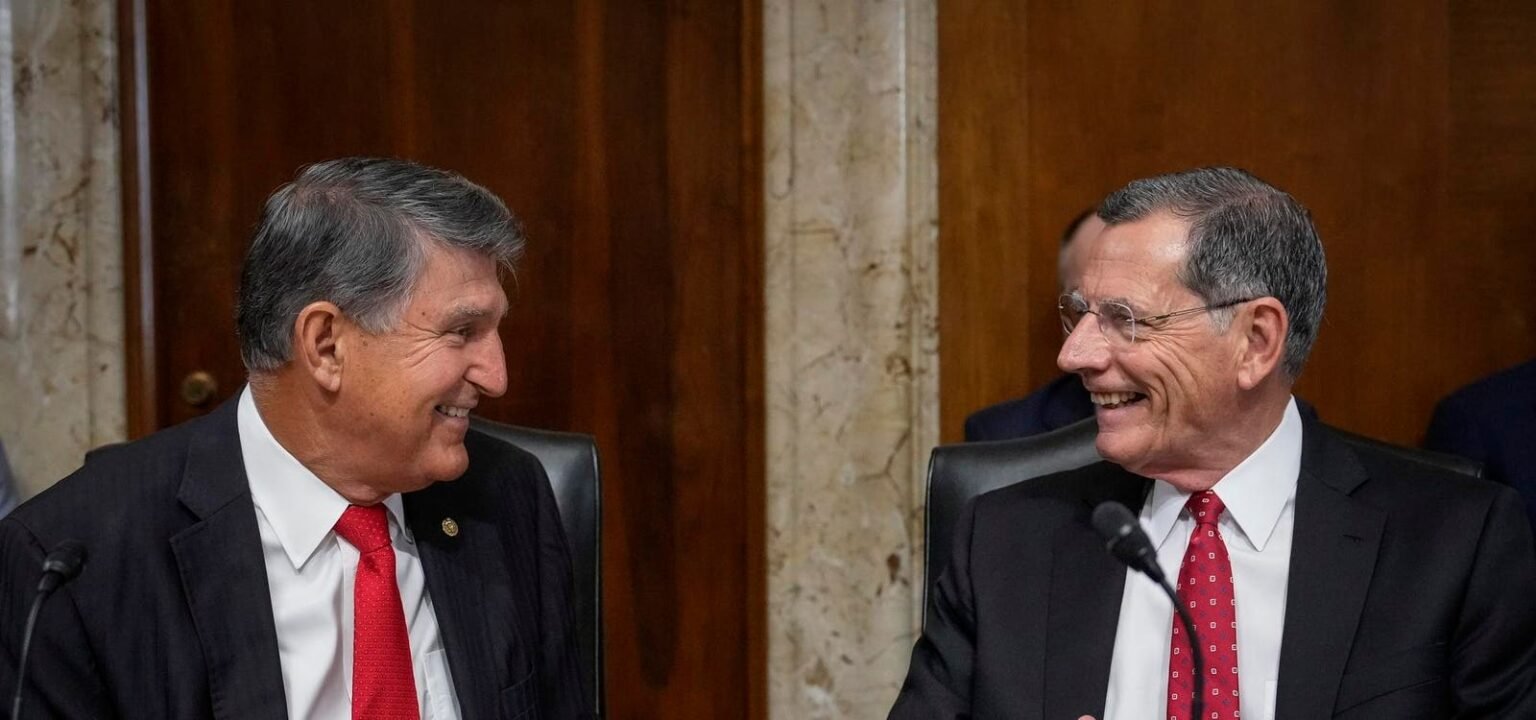Senators Joe Manchin and John Barrasso have introduced the bipartisan Energy Permitting Reform Act of 2024, aiming to streamline the approval process for energy projects in the US. The bill covers renewable energy projects as well as fossil fuels, addressing various aspects of energy infrastructure development.
The legislation includes measures such as expedited environmental reviews for low-impact renewable energy projects, ambitious targets for renewable energy production on federal lands, regular offshore and onshore oil and gas lease sales, and limits on legal challenges to energy projects. It also focuses on electric transmission infrastructure by requiring joint interregional planning and enhancing the federal government’s authority in siting interstate transmission projects.
Despite bipartisan support, the Energy Permitting Reform Act faces challenges in Congress, especially from Democrats and environmental groups who view certain provisions as favorable to fossil fuel interests. For instance, the 150-day statute of limitations for legal challenges and the mandate for annual oil and gas lease sales through 2029 may clash with Democrats’ climate goals.
On the Republican side, concerns about the bill’s transmission reforms, which force western states to serve as energy corridors for coastal population centers, may hinder its progress. Other worries revolve around grid reliability and the impact of adding more intermittent power sources to an already strained electricity grid.
With Manchin retiring at the end of the Congress, the bill represents his final effort for permitting reform. However, the political landscape, with the upcoming elections, poses a challenge for the legislation’s passage. Senate Majority Leader Chuck Schumer has expressed doubts about the bill’s chances, highlighting the tough road ahead for permitting reform.
Despite the challenges, the Energy Permitting Reform Act signifies progress in addressing America’s broken permitting system, which has long hindered energy infrastructure development. The bill attempts to navigate the competing interests of environmental groups, fossil fuel companies, federal regulators, and consumers, aiming to modernize the permitting process while finding a middle ground.
Overall, while the bill offers potential for compromise with provisions appealing to both parties, the polarized political environment and election-year dynamics make its passage uncertain. The debate surrounding the Energy Permitting Reform Act reflects the complexities of energy policy in the US and the challenges of bridging diverse interests to reform the permitting process effectively.

